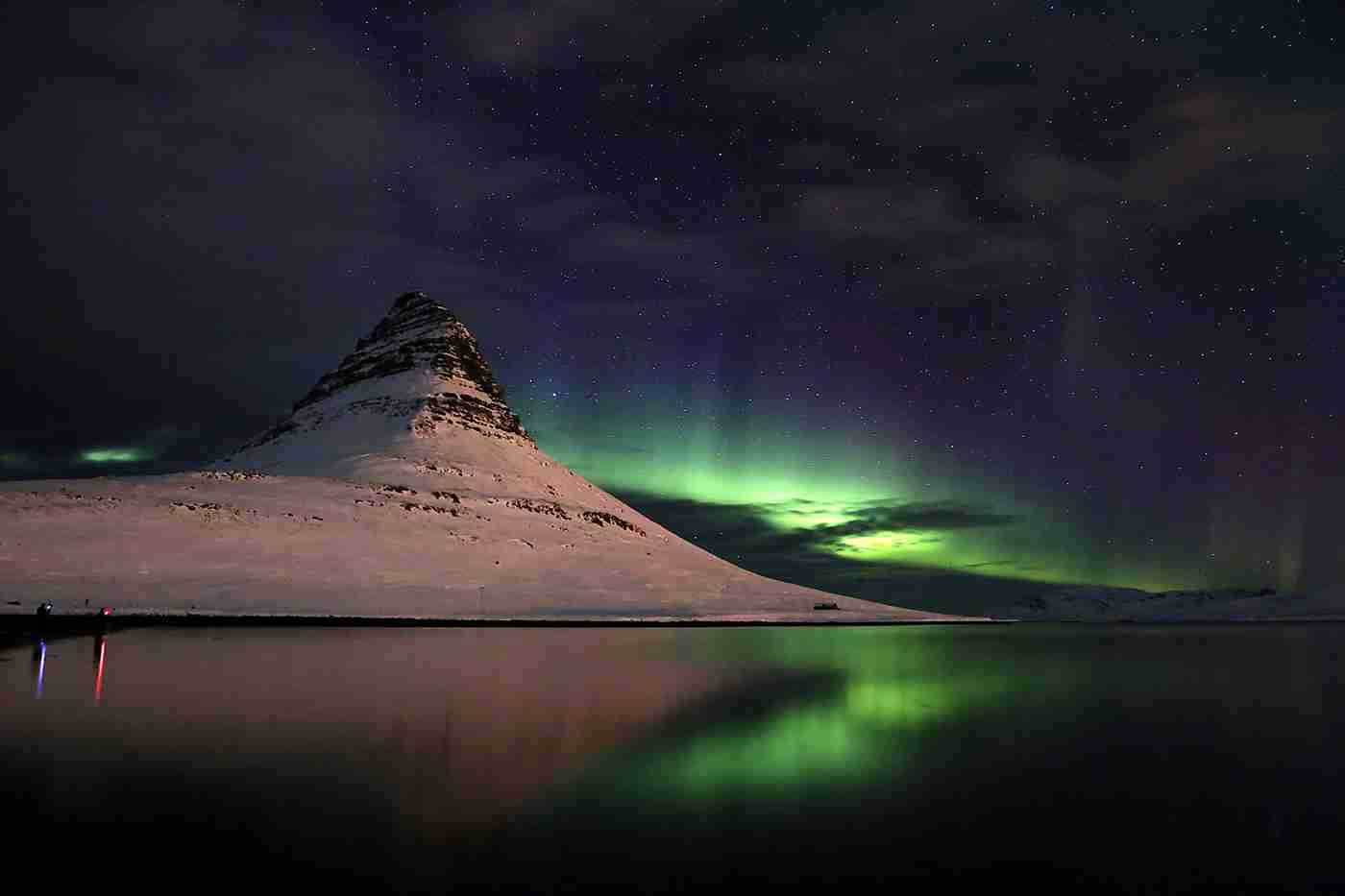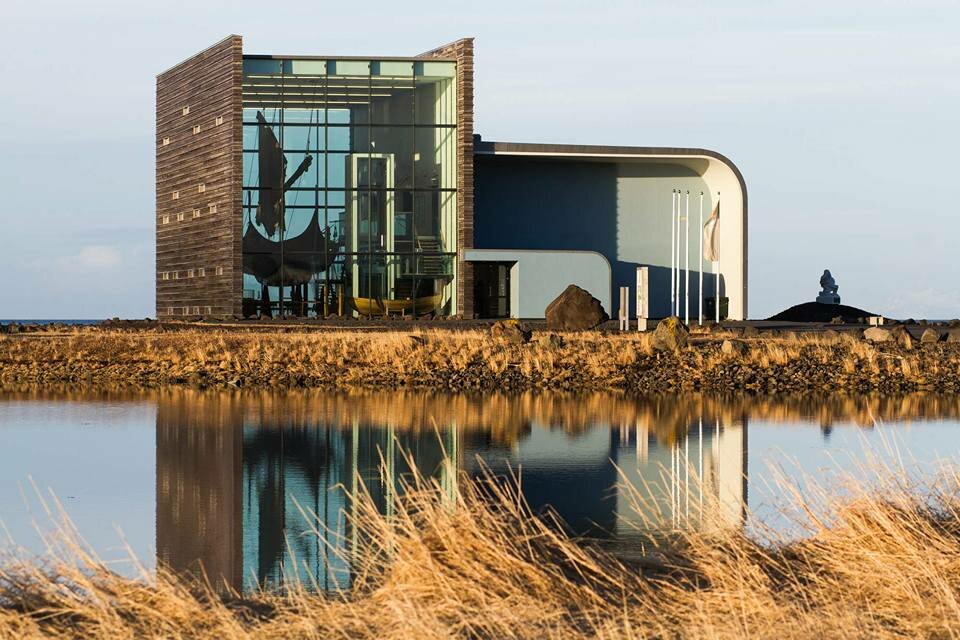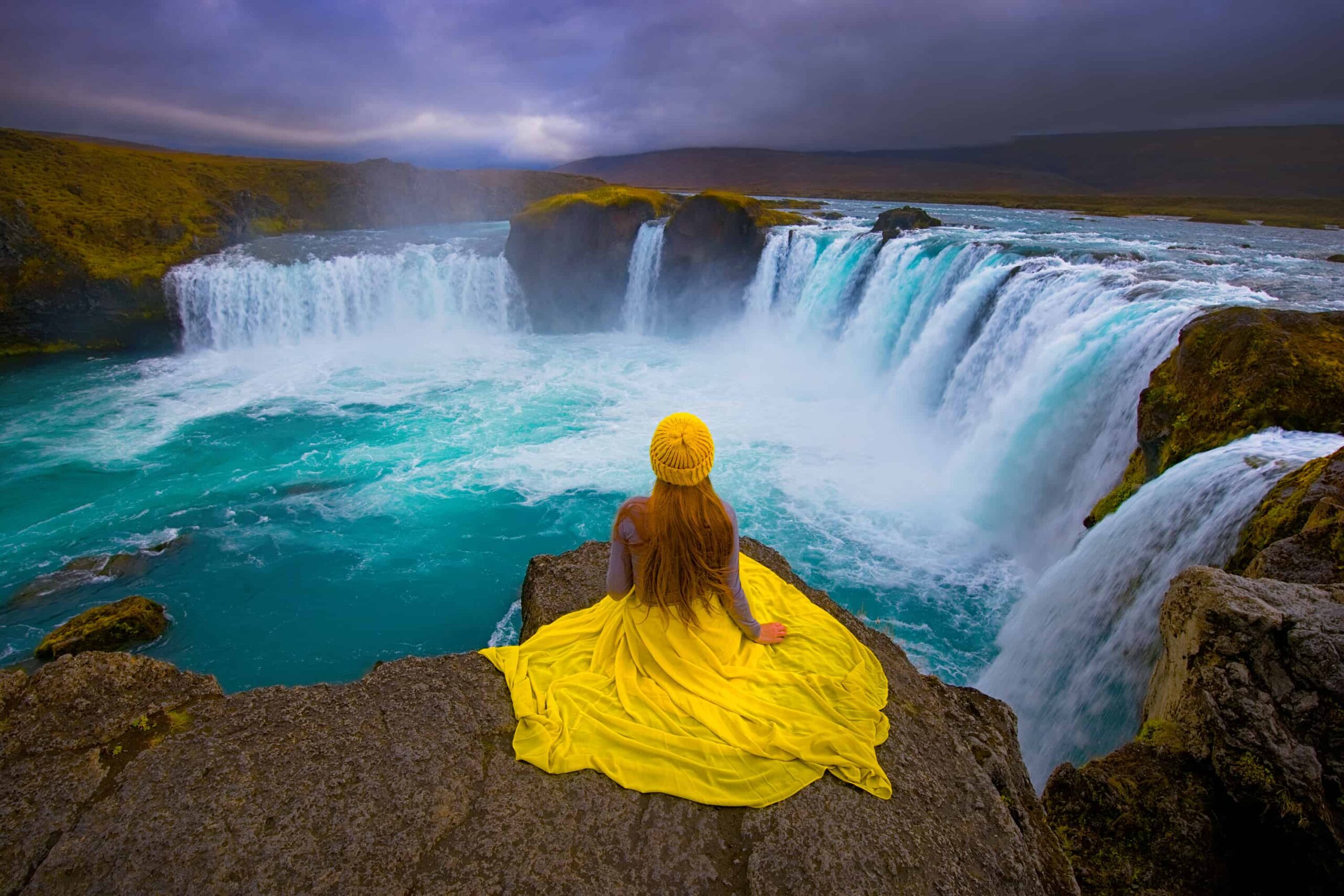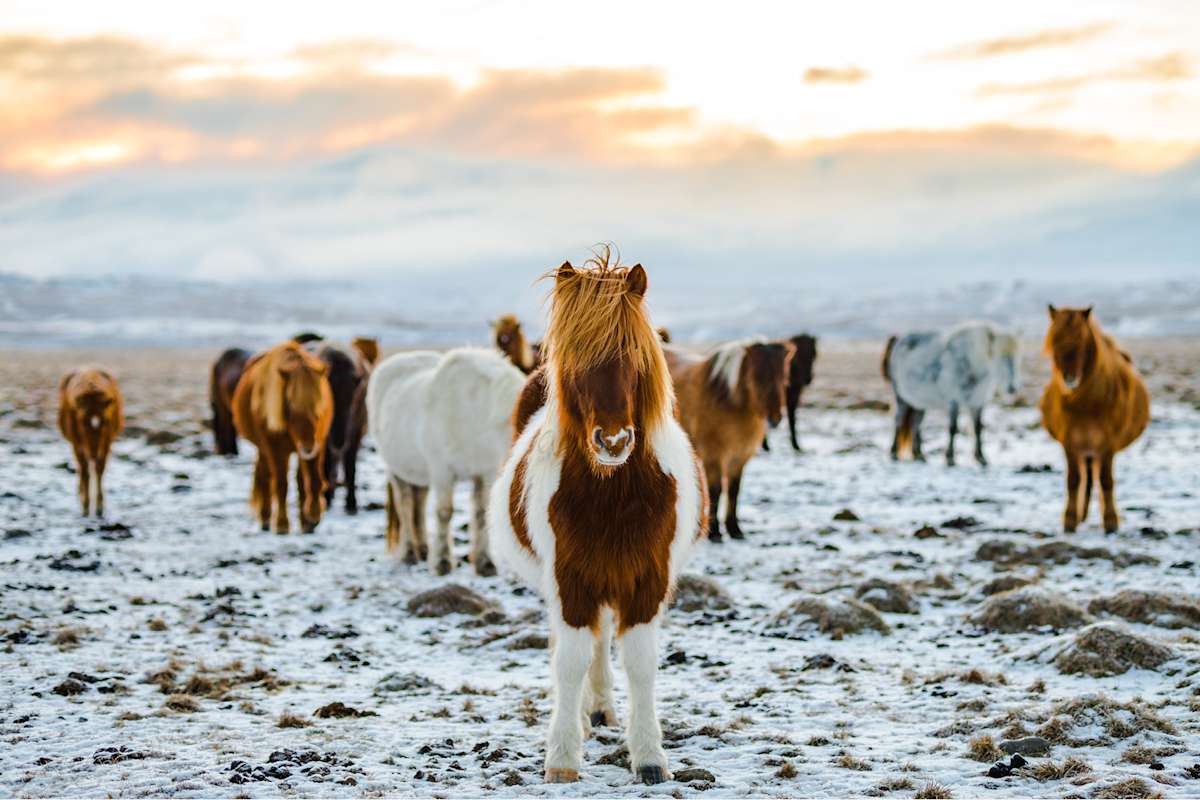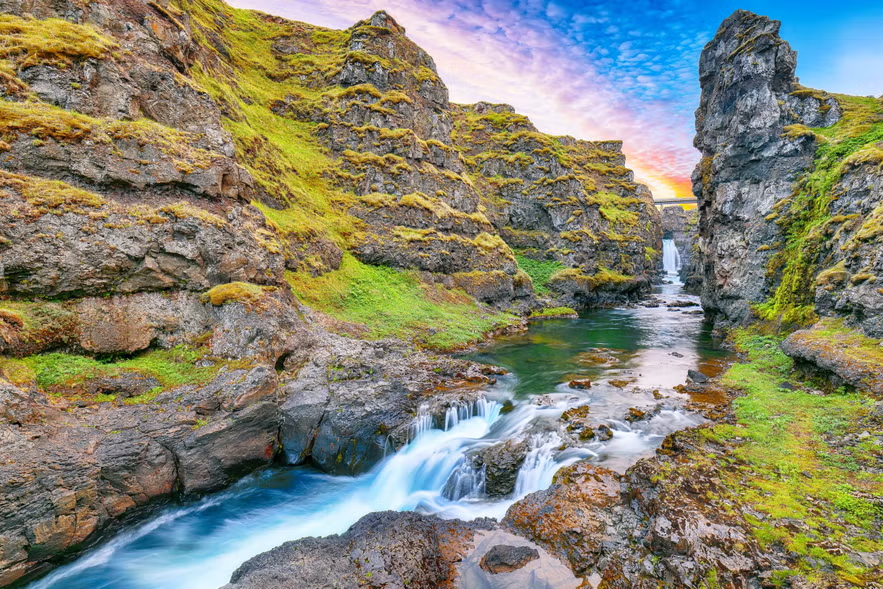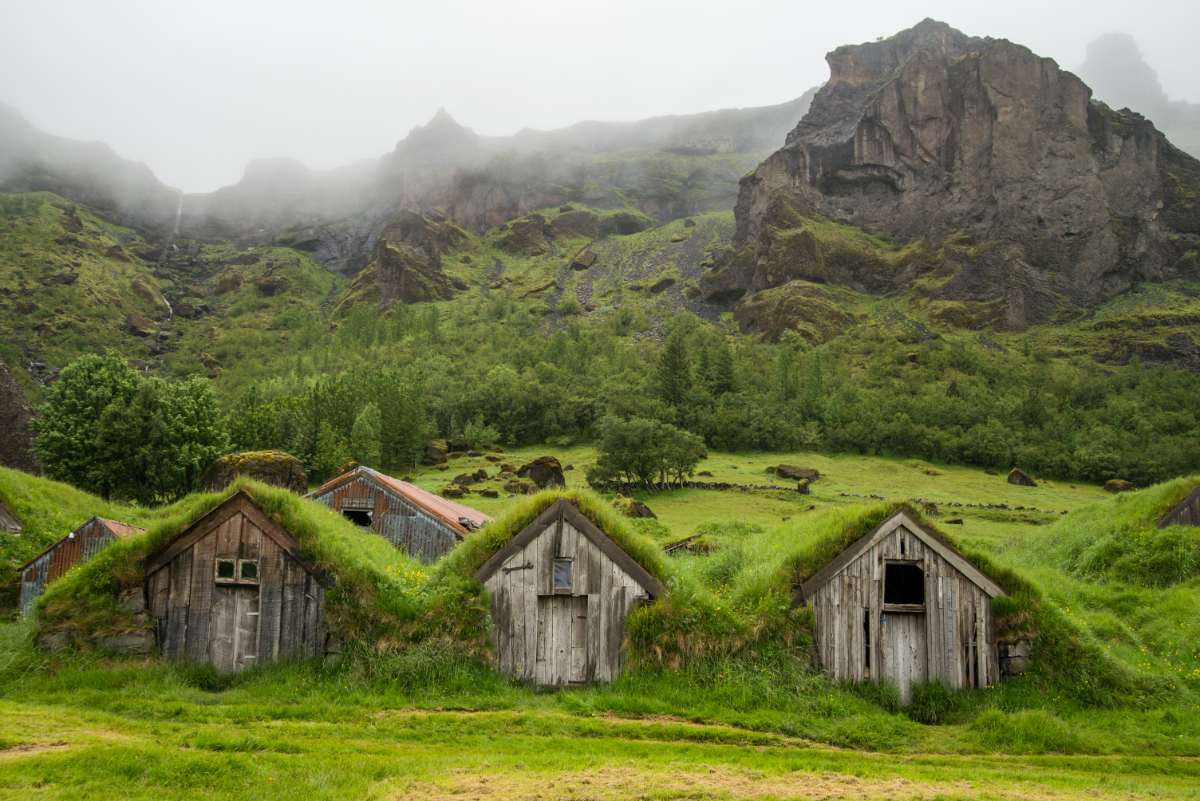What to Pack for an Iceland Trip: Month-by-Month Guide
Category
Categories
Travel Guide
Type
Glacier Lagoons, Bird Sights
Destination
Vatnajokull national Park
High season
Jun - Aug & Nov - Jan
Area
18 sq km
Outflow
Atlantic Ocean
Popular articles
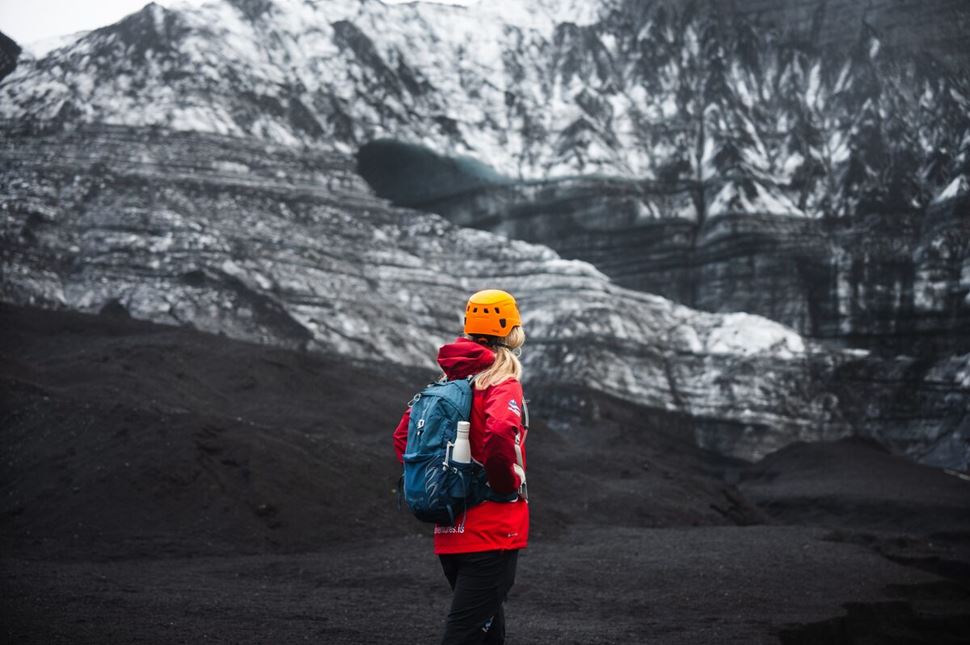
Introduction
Iceland’s stark and contrasting landscape, brimming with the mystic allure of fire and ice, is a captivating blend of erupting volcanoes, ancient glaciers, expansive lava fields, and stunning waterfalls, enticing visitors from across the globe. From the fragility of its eco-system to its untamed wilderness, the uniqueness of this island lies in the very forces that shaped it. The icy chill of a cascading waterfall, the hypnotic dance of the Northern Lights, and the warm embrace of a geothermal spring—each factor contributes to the land’s allure.
Delve into the geological wonders that make Iceland a distinct wonderland. Experience its vibrant energy firsthand by learning what to pack for your Icelandic adventure month by month – an immersive experience that will allow you to fully appreciate the natural, cultural, and historical aspects that characterize this extraordinary island.
January – Winter Wonderland
January in Iceland is spellbinding. The frost-laden landscape, crisp air, and dark winter nights lit up by the ethereal Northern Lights, make it pure magic. Pack thermal undergarments, good quality parka, snowboots, and don’t forget your camera for those breathtaking Aurora Borealis shots.
February – Ice Caves and Waterfalls
February allows for an exploration of the mesmerizing ice caves in Vatnajokull National Park. Dress warmly for the sub-zero temperatures and pack layers, as well as wear door shoes for exploring the caves. A visit to a frozen waterfall, like Gullfoss, creates an unforgettable spectacle only seen in winter. Named the Golden Falls, Gullfoss is famously linked to the tale of Sigríður Tómasdóttir, who strove to save these falls from destruction creating a symbol of Icelandic environmental conservation.
March – Whales and Hot Springs
The month of March beckons the start of the whale-watching season. Pack warm, waterproof gear for the boat trip, and binoculars for an up-close view of these magnificent creatures. A dip in a geothermal hot spring like the Blue Lagoon is a must in the chilly weather. Don’t forget to pack a swimsuit and towel.
April to June – Birds and Midnight Sun
From April to June, packs binoculars for viewing puffins, which migrate to Iceland to breed. A mid-weight jacket and sturdy hiking boots are essential for the warming weather and treks through lava fields and mountains. Tread carefully, preserving the delicate moss that takes decades to grow. These months also offer the enticement of the Midnight Sun, a stunning event when the sun barely sets. Pack an eye mask for sleeping.
July to August – Summer Treasures
July and August are months filled with lush landscapes and warmer temperatures. For hiking, pack lightweight breathable clothes, sunscreen, and insect repellent for the midges that frequent Lake Myvatn. Explore historical sites like Thingvellir National Park, where the world’s oldest parliament was founded in Viking times.
September to October – Fall Splendor
Fall in Iceland offers a riot of colors as the leaves change and landscapes transform. Don’t forget warm clothing, waterproof jackets, and good trekking boots. You might catch sight of the elusive Northern lights as darkness once again graces the night sky.
November to December – Winter Returns
Winter in November and December brings back the ethereal beauty of the Northern Lights. Pack warm clothes, a high-quality winter parka, snow boots, and hats and scarves to protect against the elements. The Yule Lads folklore, tied to Christmas, presents a unique cultural experience.
Immerging Yourself in the Icelandic Experience
Immersing oneself in the Icelandic experience goes beyond experiencing its climatic extravaganza. This is a land steeped in rich folklore, history, and unique geographical attributes. In the tremendous cascade of Gullfoss, there’s a symbolic representation of environmental preservation. The Blue Lagoon’s mineral-rich waters are testimony to Iceland’s volcanic activity. Historical sites like Thingvellir bear witness to a proud Viking legacy.
Culminate your journey of discovery by standing under the magical display of the Northern Lights, feeling the raw energy pulsating around you— a vivid reminder of Iceland’s pulsating geothermal activity. After all, Iceland isn’t just a place to visit – it’s a sensory experience that captivates, thrills, and leaves an indelible imprint on your soul.
Conclusion
The rugged beauty of Iceland, where blistering geysers and frozen landscapes abide side by side, beckons travelers with its unique blend of extreme contrasts. This isn’t just about witnessing the elemental power of fire and ice; it’s about standing in awe of a majestic waterfall or experiencing the hushed tranquility of a frozen lagoon.
Whether you plan your trip to catch the dazzling spectacle of the Northern Lights, explore the echoing vastness of an ice cave, or immerse yourself in a legendary saga dating back to the times of the Vikings, your travels will be rewarded with astonishing memories and incredible stories.
Embrace the pull of the wild Icelandic heartland and embark on a journey of discovery that you’ll remember for a lifetime. Why? Because the true magic of Iceland lies beyond the sightseeing. It’s in the memories you create, the awe-inspiring moments you experience, and the connection you make with this exceptional land and its fascinating culture. So pack your bags and embark on this transformative journey. Enrich your wanderlust with the sublime beauty of Iceland and discover a world that transcends the ordinary.

